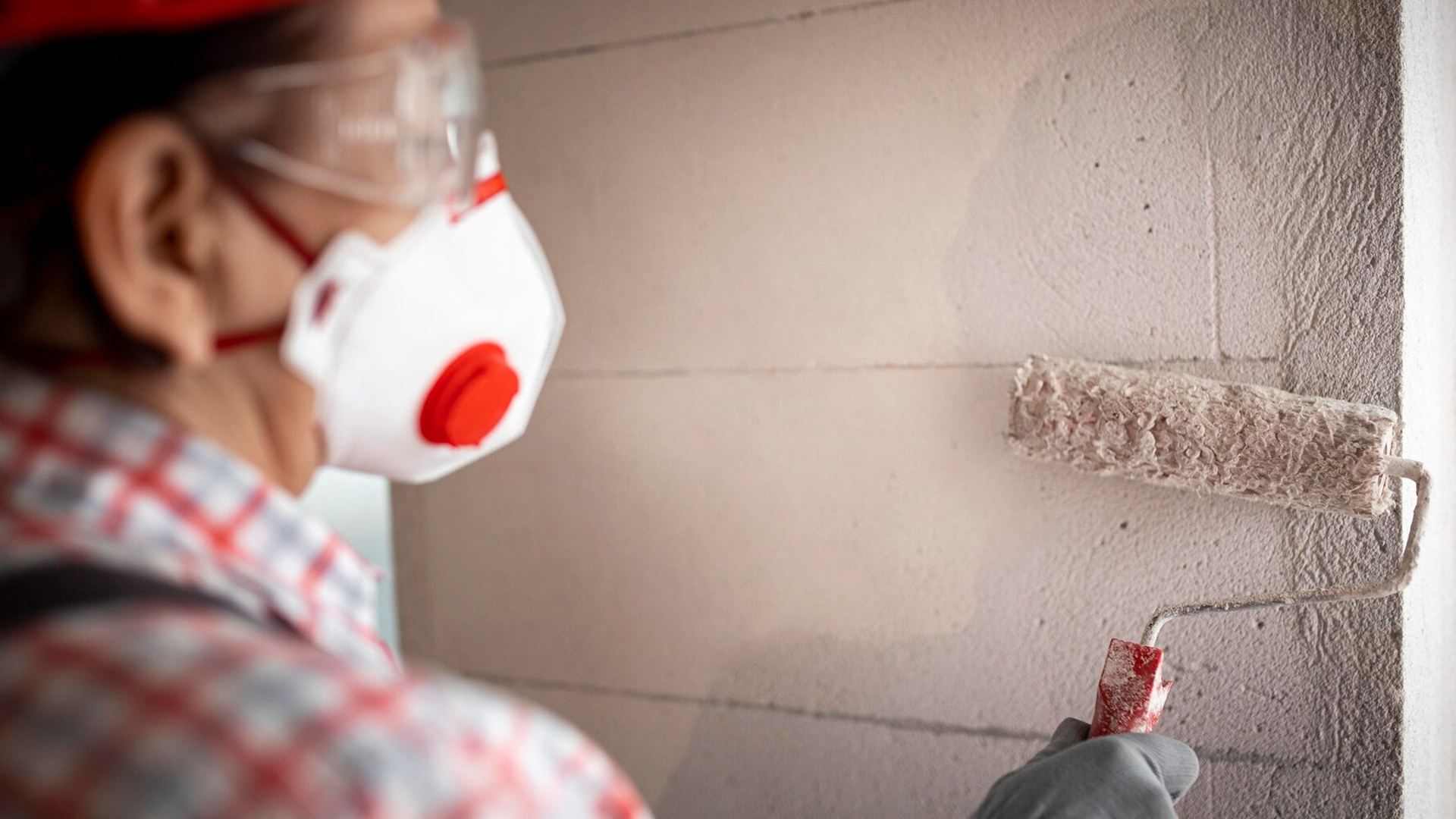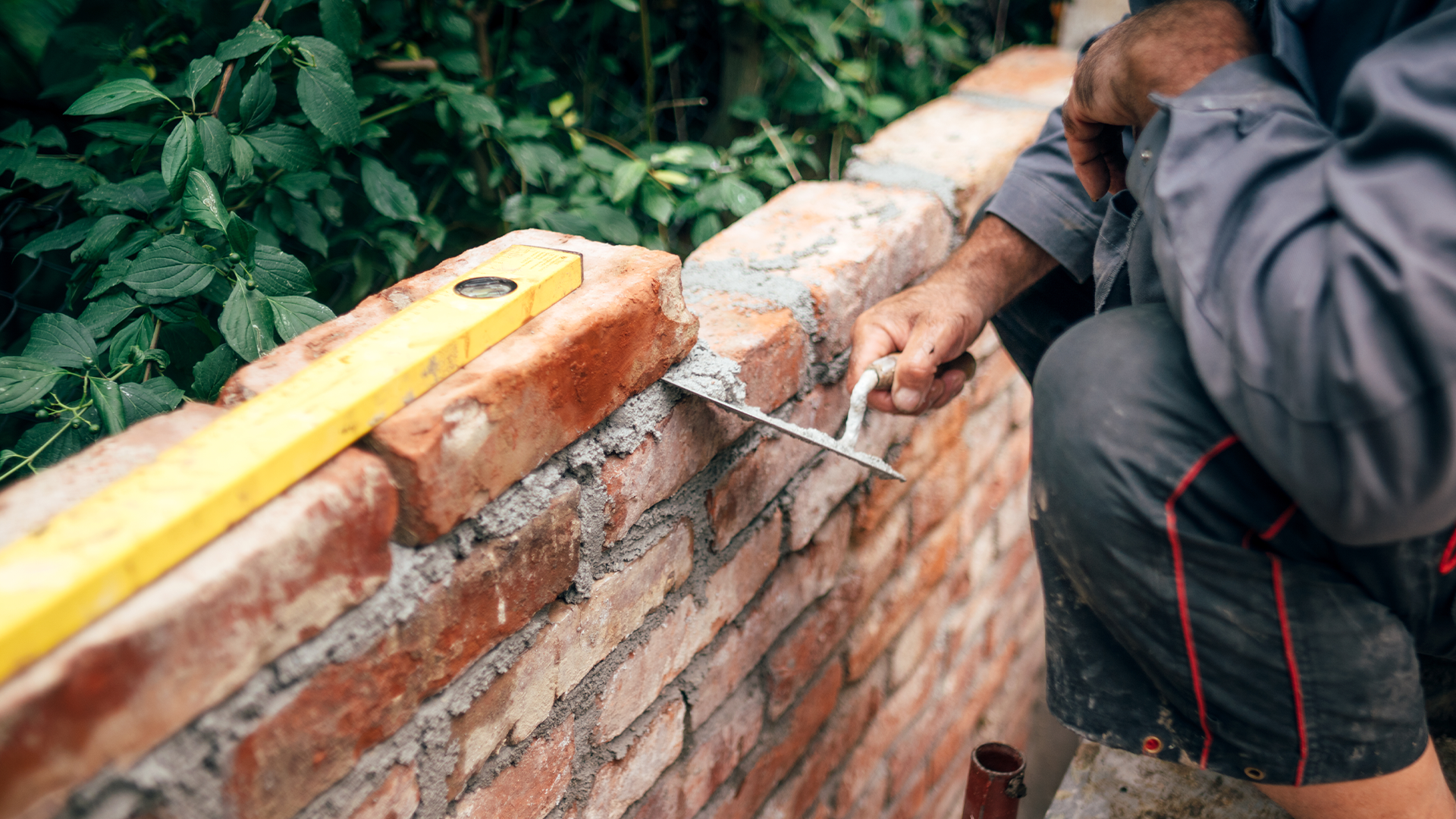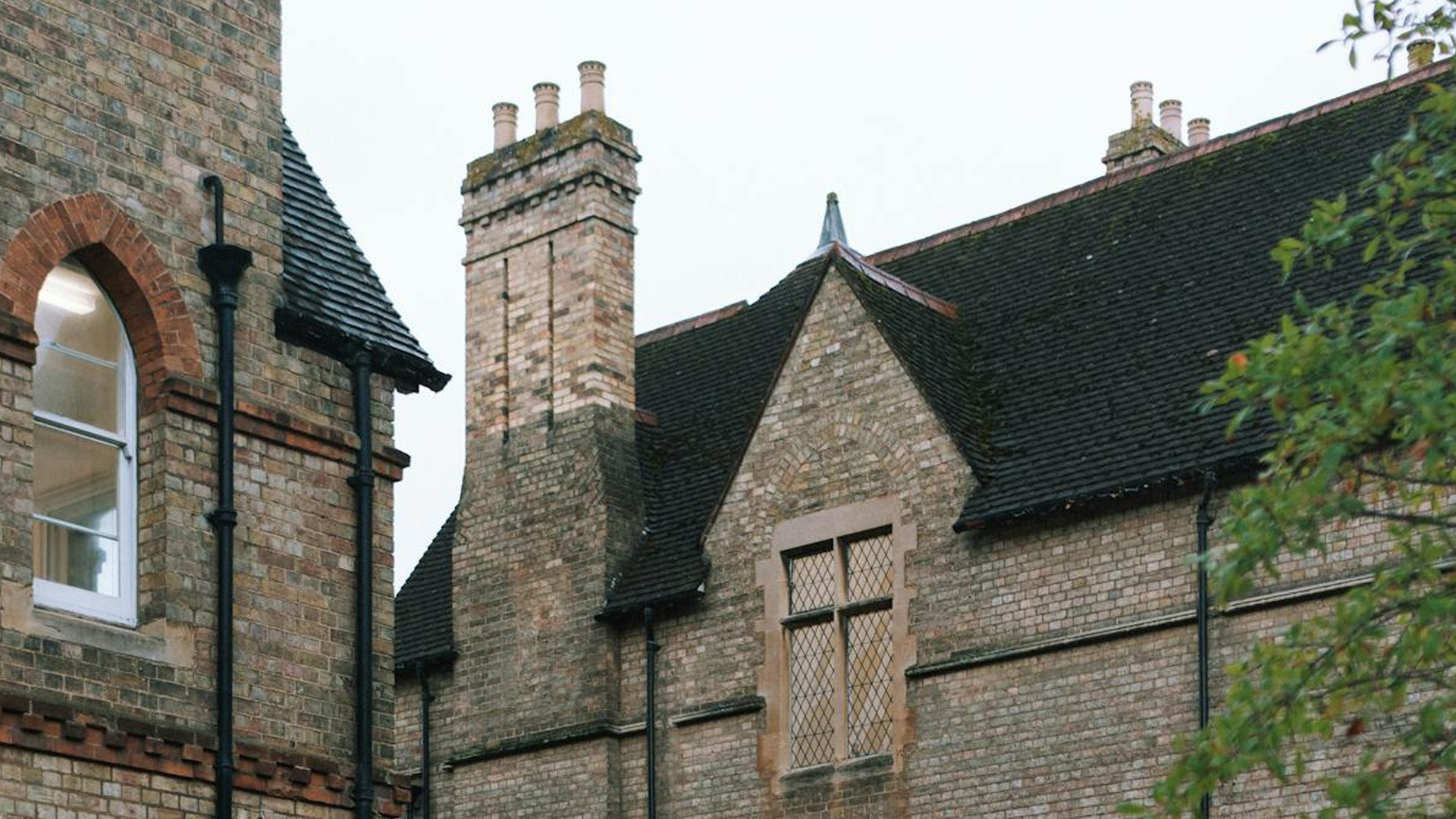A classic comparison is between choosing render or brick for your home. Although many individuals enjoy the modern, sleek appearance of cement rendering in Brisbane, many others prefer the aged, rustic appearance of bricks. The only thing such programs have in common is that they both have a timeless appeal, but render has consistently been the clear winner for applications that require little upkeep and are reasonably priced.
Both render and brick provides adequate protection for a home from the elements, with similarly good fire resistance, sound insulation, and pest prevention, whether you’re considering a brand-new construction project or organising an addition. This guide has a few advantages and disadvantages for both choices, but the final decision is yours.
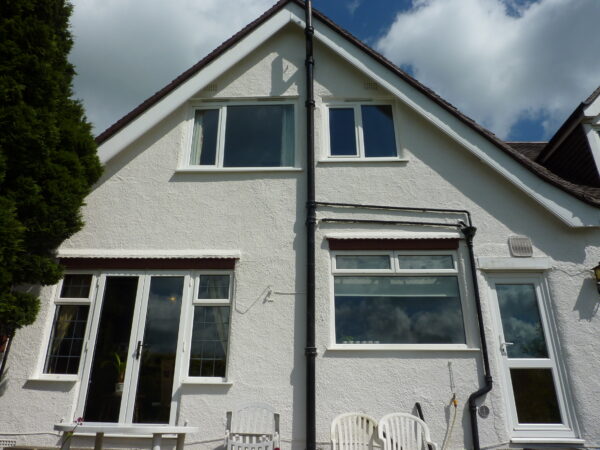
Rendering advantages and disadvantages
Applying the rendering formula to your home is known as house rendering. The biggest advantage is that it gives your walls’ rough surface a smoother and more appealing appearance. Brick walls also fall under this category. A fantastic technique to shield your house from the elements and the frequently harsh conditions is to render the outer walls of your home with cement.
Advantages of render over brick
- The level of craftsmanship
The rendering of cement is renowned for having an excellent finish and withstanding the test of time. Acrylic rendering is significantly more durable when it comes to resisting erosion and holding up to crumbling walls. When rendering your home, acrylic rendering is a fantastic solution because it includes more plastic acrylics.
- Better appearance
Your residential or commercial structure might not be ideal for various reasons. If the outside of your building looks dated, it may be time to remodel it to look more attractive and of today’s style. Given the possibility of this, if your exterior walls are made of exposed brick, many homeowners opt to use render on their exterior walls. If you want a smoother or more textured finish, you also have complete control over the texture produced by rendering products. The degree of coarseness of the sand, which has been combined with cement, water, and lime/clay, determines this finish.
You can utilise rendering to change the exterior colour of your home or project and update the texture and look of your existing surface. A broad range of rendering colours is available whether you want a natural hue or a pigmented appearance. By incorporating various pigments into the render mixture, these colours are produced. After rendering is complete, there are many things you can do to increase the style value, sometimes without even touching the walls. You can get some ideas from a few of our rendered wall design suggestions.
- Cost-effectiveness
You might be shocked to learn how much rendering a property costs. Compared to brickwork, it is far less expensive and, when placed properly, just as effective.
- Increased value for your home
It is well recognised that the rendering will increase the value of your property because it appears so wonderful. This may be relevant if you decide to sell the house or rent it out again in the future. Potential purchasers will adore a safe and lovely home and be prepared to pay a fair price.
Drawbacks of rendering
- Repairs and upkeep
Rendering is minimal maintenance because it only needs work every 10 to fifteen years, but you still need to maintain it. All render varieties are prone to developing hairline cracks over time, especially if the underlying masonry is damp or old. Without the original brickwork, moisture accumulation over time could seep into the walls, blast away the render covering, and expose brick sections below. Repairing the render raises the quality of the application while costing money.
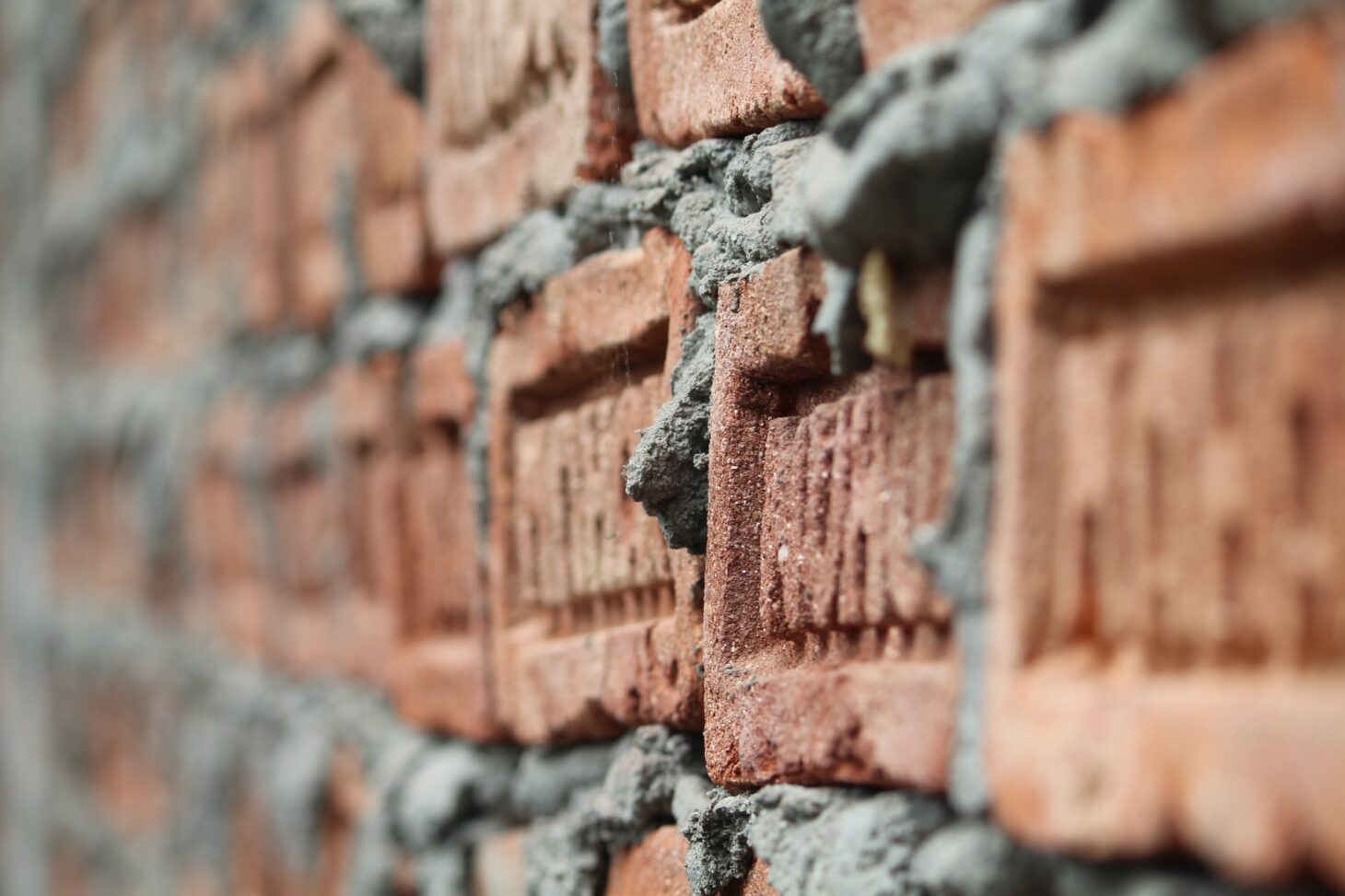
Brick has both advantages and downsides for outside walls.
Bricks are among the nation’s oldest building materials for houses. The most popular types range from sand-lime bricks for hidden barriers to burnt clay bricks used in exterior masonry walls. The benefits and drawbacks of brick are listed below:
Advantages of brick
- Modern design choices
Bricks are different now than they once were; they are available in a wide range of hues, textures, and finishes.
- Eco-friendly
Minerals that are naturally extracted from the soil are used to make bricks. This means that bricks have a long lifespan, unlike rendered walls and are highly recyclable building materials.
Brick disadvantages
- High prices
Because they are one of the most in-demand building materials in the nation, bricks are pricey. Not only do you require a significant sum of money to install them in the first place, but masonry repairs have a reputation for being incredibly expensive, extremely difficult, and taking a long time.
- Improper insulation
Double brick walls are necessary for added strength because of brickwork, yet rendered walls offer more insulation than masonry walls. Due to their small size, clay bricks are unable to support a core structure that is well protected. What increases the insulating capacity is a core structure. Additionally, render excels at providing a thermal resistance quality that has been further enhanced.
Conclusion
In general, using concrete blocks and renderings is considered less expensive than traditional brick, especially for new construction. But remodelling an existing house may get very expensive. High level of upkeep Walls that have been rendered is more susceptible to weathering, resulting in fading and discolouration over time.


